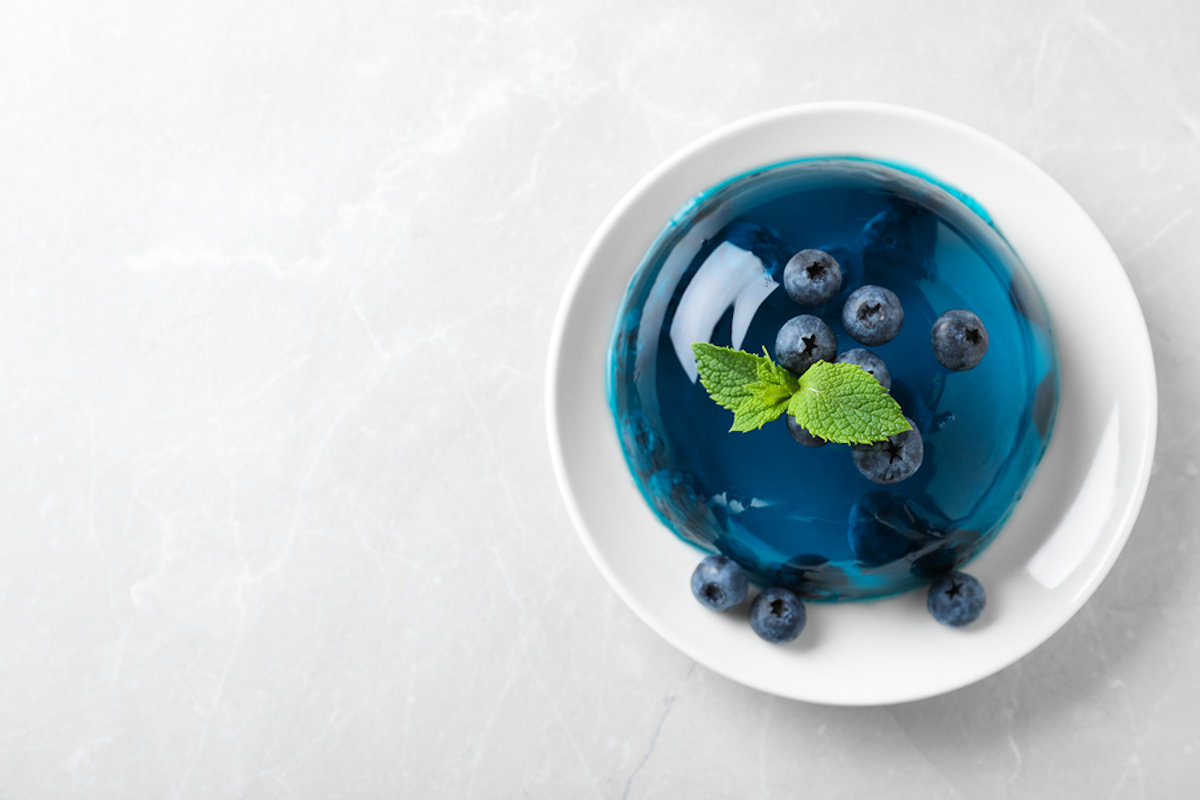
There's actually an even better type of carrageenan to use a gelatin substitute, if you can find it: It's called Ceambloom 3240 and it's specifically designed to be a gelatin replacement. You should be able to see by this how much closer carrageenan is to gelatin trouble is, it's difficult to find, and you have to get the right kind (the kappa type and other types have very different properties). Here's a side-by-side comparison of the most important characteristics (this is all taken from the HRC): Perhaps the closest hydrocolloid to gelatin in terms of its properties is iota type carrageenan. In fact, the biggest concern with using agar as a substitute for gelatin is that you might end up with something too stiff, since gelatin produces a much softer gel. Otherwise, though, you can absolutely, definitely substitute agar-agar for gelatin if you actually get pure agar (I made the mistake of buying the "dessert agar" once, which is not the same thing) and hydrate/set it properly. Agar sets extremely fast compared to gelatin and above room temperature, but unless you combine it with a small amount of Locust bean gum, it will actually dry out.

The other notable property of agar is syneresis, which is the loss of moisture over time. In other words, you need to heat the water all the way to a rapid boil before the agar will actually "activate". The most important property of agar is that unlike gelatin, which gives hydration at temperatures as low as 50° C, agar requires a temperature of 90° C. You can't substitute one of them 1-for-1 where you need gelatin and expect everything to just work.Ī great place to start would be the Hydrocolloid Recipe Collection which, despite its name, is almost more of a cookbook, because it has detailed information on the properties of each hydrocolloid.Īgar is actually a stronger gelling agent than gelatin in the sense of having to use less of it to get the same strength, but you need to use it properly.

What you have to understand is that while most hydrocolloids have gelling and stabilizing properties, they are not simply interchangeable.

This depends on what you mean by a gelatin "substitute".


 0 kommentar(er)
0 kommentar(er)
